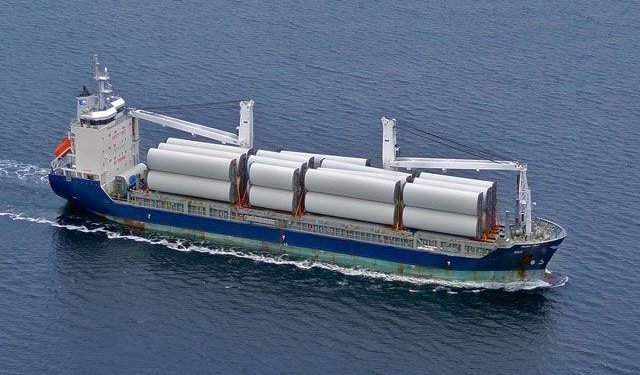By Maria Kalamatas | The Logistic News | March 24, 2025
In a sign of the growing significance of liquid and bulk cargo to global trade, the international market for liquid bulk transportation vessels is forecast to reach USD 1.1 trillion by 2031, according to a recent industry study. The anticipated growth—driven by rising energy demand, expanding international trade, and a global shift toward fleet modernization—reflects the strategic importance of maritime logistics in the coming decade.
An Industry Anchored in Demand
Between 2023 and 2031, the market is expected to grow at a compound annual growth rate (CAGR) of 3.0%, fueled largely by the global trade in energy commodities such as crude oil, liquefied natural gas (LNG), refined petroleum products, and chemicals. The demand for dedicated liquid cargo vessels, including tankers and LNG carriers, continues to climb as nations invest in both traditional and alternative energy sectors.
Europe Commands a Stronghold
Europe remains the dominant force in the global liquid bulk transport market. As of 2022, the region accounted for more than 43% of global market share, with a valuation surpassing USD 360 billion. The growth has been powered by the region’s robust energy infrastructure, increasing crude oil imports, and strategic port developments in hubs like Rotterdam and Antwerp.
Asia-Pacific and the Americas Follow Suit
While Europe leads, the Asia-Pacific region—particularly China, India, and Southeast Asia—is emerging as a powerful growth engine. Industrial expansion and the development of strategic oil reserves are catalyzing new vessel orders and driving demand for deepwater port enhancements. Meanwhile, North and South America are seeing renewed investment in oil exploration and export-oriented infrastructure, especially along the Gulf of Mexico and Brazil’s southeastern coast.
Digitalization and Green Tech Reshape the Fleet
Shipowners are under increasing pressure to meet stricter IMO environmental regulations, prompting a wave of investments in fuel-efficient designs, dual-fuel LNG propulsion systems, and digital monitoring tools. The integration of smart shipping technologies and AI-driven route optimization is transforming how cargo fleets operate.
“This isn’t just a shipping story—it’s a logistics transformation story,” said transport economist Dalia Neroux. “These vessels aren’t simply moving liquid—they’re moving the gears of energy, trade, and transition.”
Challenges on the Horizon
Despite optimism, the sector faces its share of headwinds: global political tensions, volatile fuel prices, port congestion, and evolving emissions regulations. In addition, the construction and operation of large-scale liquid bulk vessels require significant capital, posing financing challenges for small and mid-sized operators.
Looking Ahead: Preparedness and Resilience
As the world becomes more interconnected and climate goals become central to economic planning, the maritime sector’s ability to provide safe, reliable, and environmentally sound transport will be crucial. Market players are now prioritizing not only operational efficiency but also carbon neutrality.
In the words of Maria Cheng, senior analyst at Global Maritime Trends, “Those who fail to modernize their fleets or digitize their operations will find themselves at the margins of a very competitive and compliance-driven market.”
Conclusion
The global liquid bulk vessel market is not merely expanding—it is evolving. With market value projected to cross USD 1.1 trillion by 2031, the industry stands at a turning point. Stakeholders who embrace innovation, sustainability, and scalable logistics models will be the ones to chart the course ahead.
Maria Kalamatas
Senior Logistics Correspondent
The Logistic News























